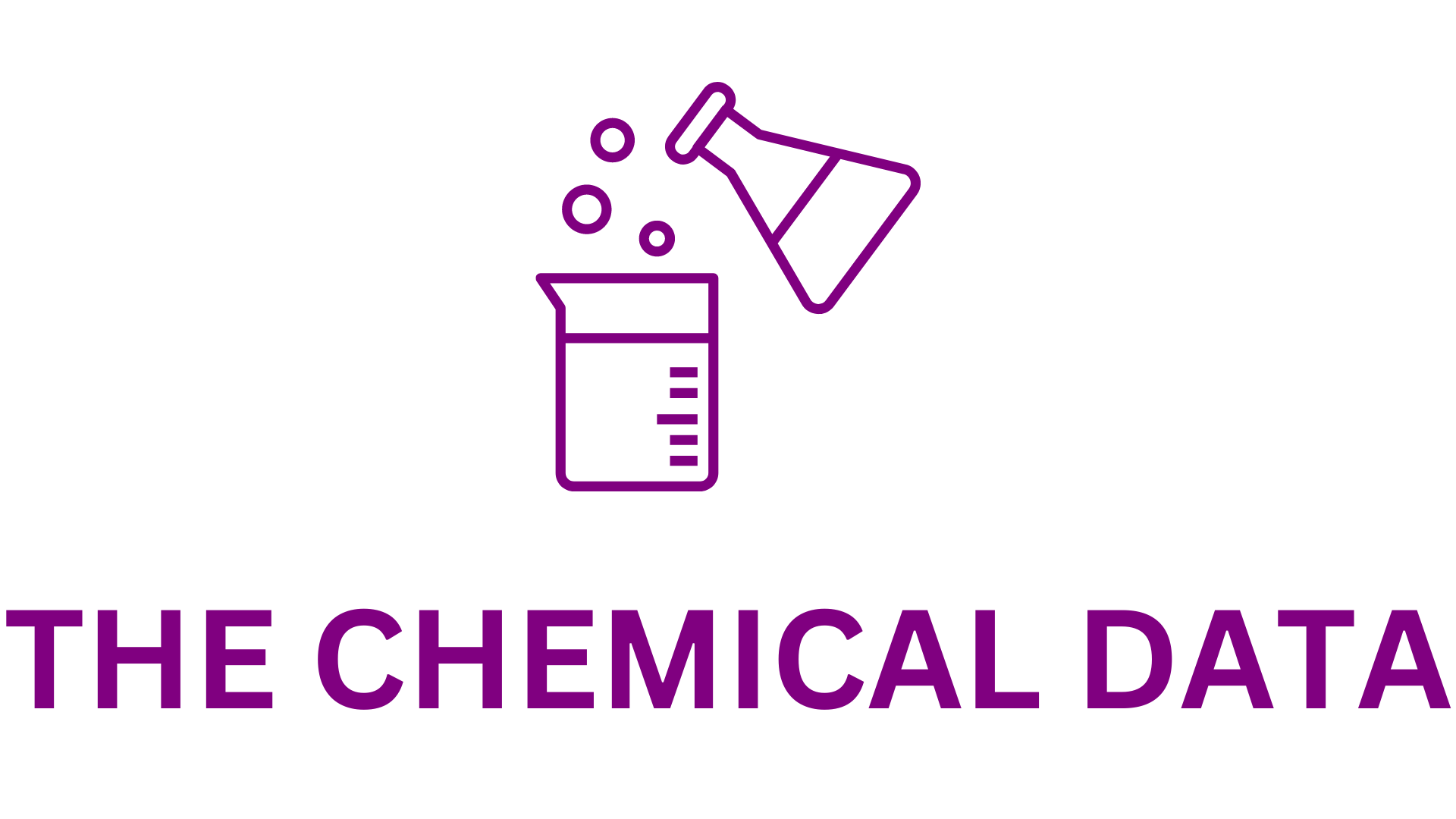
Bayer Submits New Drug Application for Gadoquatrane, a Next-Generation MRI Contrast Agent with Significantly Reduced Gadolinium Dose
Bayer, a global leader in life sciences and healthcare innovation, announced today the submission of a New Drug Application (NDA) to the U.S. Food and Drug Administration (FDA) for gadoquatrane, the company’s investigational macrocyclic gadolinium-based contrast agent (GBCA). Designed for contrast-enhanced magnetic resonance imaging (MRI), gadoquatrane is intended for use in imaging the central nervous system (CNS) and other body regions across a wide patient population—including adults, children, and term neonates.
If approved by the FDA, gadoquatrane would represent a significant advancement in the field of medical imaging by offering the lowest dose macrocyclic GBCA available in the U.S. market. The submitted dose is 0.04 mmol of gadolinium per kilogram of body weight, marking a 60 percent reduction in gadolinium exposure compared to conventional macrocyclic GBCAs, which are typically administered at 0.1 mmol Gd/kg.
A New Era in MRI Contrast Imaging
MRI scans are one of the most commonly performed diagnostic imaging procedures worldwide, used to detect abnormalities in soft tissues, organs, and the central nervous system. In the United States alone, nearly 40 million MRI scans are performed annually. Many of these examinations require contrast agents to enhance image quality, allowing physicians to detect diseases such as brain tumors, multiple sclerosis, spinal cord injuries, stroke, cardiovascular anomalies, and cancer with higher precision.
Contrast agents—especially those based on gadolinium—are vital in highlighting vascular structures and improving the visualization of pathology in various tissues. However, there has been growing awareness and concern about gadolinium retention in body tissues, particularly in patients who undergo multiple contrast-enhanced MRI scans over their lifetime.
Bayer’s investigational agent gadoquatrane is formulated to address these concerns, offering high diagnostic performance at a significantly reduced gadolinium dose, while maintaining the safety and stability associated with macrocyclic GBCA formulations.
Evidence-Based Submission Backed by Phase III Trials
The NDA submission is underpinned by robust clinical data from Bayer’s pivotal Phase III QUANTI program, which includes multiple global studies evaluating the efficacy, safety, and diagnostic performance of gadoquatrane. These trials span various age groups, including adult and pediatric populations.
The first major results from the QUANTI CNS study—focusing on imaging of the central nervous system—were presented earlier this year at the prestigious European Congress of Radiology (ECR) in Vienna. These data highlighted gadoquatrane’s strong performance in delivering high-resolution images comparable to existing agents, but with substantially lower gadolinium exposure. Further data from additional QUANTI trials are expected to be presented at upcoming international scientific meetings, further strengthening the clinical profile of gadoquatrane.
The QUANTI trials are considered essential in establishing the real-world viability of gadoquatrane. They are among the largest and most comprehensive MRI contrast agent trials conducted in recent years and are central to Bayer’s evidence-based strategy for gaining regulatory approval in multiple markets.
A Response to the Global Rise in Chronic Disease
The demand for medical imaging continues to rise globally, driven in large part by the increasing incidence of chronic diseases such as cancer, cardiovascular disorders, and neurological conditions. These diseases often require ongoing monitoring through diagnostic imaging, making repeated MRI scans—often with contrast—common over the course of a patient’s treatment journey.
“As a leader in radiology, we are committed to advancing innovation in this field, including options to reduce the gadolinium dose,” said Dr. Konstanze Diefenbach, Head of Radiology Research & Development at Bayer. “Patients can benefit from a dose reduction, especially those with chronic conditions who require multiple contrast-enhanced MRI examinations during their lifetime.”
Dr. Diefenbach also emphasized that gadoquatrane’s development aligns closely with international clinical guidelines and regulatory recommendations, which advocate for the lowest effective dose of gadolinium to obtain diagnostically useful images. Organizations such as the U.S. FDA, the European Medicines Agency (EMA), and scientific bodies like the American College of Radiology (ACR) have issued guidance encouraging reduced gadolinium usage whenever possible to minimize long-term exposure.
Regulatory Pathway and Global Strategy
The U.S. NDA submission follows Bayer’s earlier announcement regarding its application for marketing authorization of gadoquatrane in Japan, submitted to the Ministry of Health, Labour and Welfare (MHLW). This milestone marked the first regulatory submission for the product, with additional filings to health authorities in Europe, Asia, and Latin America planned in the coming months.
Gadoquatrane is part of Bayer’s broader Radiology portfolio, which includes diagnostic imaging agents, software solutions, and delivery systems. The company has made strategic investments in developing next-generation contrast agents that not only meet current clinical demands but also address future challenges associated with safety, sustainability, and precision imaging.
According to Bayer, the development of gadoquatrane is aligned with its commitment to sustainable innovation and patient-centric product design, both of which are key pillars in its R&D strategy.
The Need for Safer Contrast Agents
In recent years, increased scrutiny has been placed on the long-term effects of gadolinium-based contrast agents, particularly in patients with compromised renal function. While macrocyclic agents like gadoquatrane are generally more stable and less likely to release free gadolinium ions than their linear counterparts, the medical community remains cautious about gadolinium accumulation in brain and body tissues following repeated exposure.
Although current evidence suggests that gadolinium retention has not been directly linked to adverse health outcomes in patients with normal kidney function, many clinicians and patients have called for safer alternatives and dose-reducing innovations. Gadoquatrane offers a promising solution: it retains the strong chelation stability of macrocyclic agents while requiring a substantially lower dose, thanks to optimized molecular design and enhanced relaxivity properties.
This innovation is particularly relevant for pediatric patients and chronically ill individuals, such as cancer survivors, multiple sclerosis patients, and individuals with cardiovascular disease, who undergo multiple MRI scans throughout their lifetimes.
Bayer’s Radiology Legacy and Future Outlook
Bayer has been a trusted name in radiology for decades, with an established reputation for producing high-quality contrast media used in CT, MRI, and interventional procedures. The company’s radiology portfolio includes well-known agents such as Gadovist® (gadobutrol) and Ultravist® (iopromide), which are widely used across hospitals and diagnostic centers around the world.
Gadoquatrane builds on this legacy while pushing the boundaries of what’s possible in MRI imaging. The agent’s development reflects a broader transformation underway in radiology—where precision, safety, and patient-centered care are becoming as important as image clarity.
With the increasing integration of AI-assisted diagnostics, cloud-based imaging platforms, and personalized medicine, contrast agents like gadoquatrane will play an increasingly strategic role in providing accurate, timely, and actionable insights for clinicians. As imaging becomes more integral to disease detection and management, the need for smarter, safer, and more sustainable contrast solutions continues to grow.
Closing Remarks
Bayer’s submission of the NDA for gadoquatrane to the U.S. FDA marks a significant milestone—not only for the company’s radiology division but also for the future of diagnostic imaging in the United States and globally.
By delivering a macrocyclic gadolinium-based contrast agent that achieves high-quality diagnostic imaging with a significantly reduced dose, Bayer has responded directly to the growing clinical, regulatory, and patient demand for safer imaging solutions. Gadoquatrane represents a next-generation option that reflects the company’s dual commitment to innovation and responsibility—a blend that defines Bayer’s role as a forward-thinking leader in the field of medical imaging.
Pending approval, gadoquatrane could reshape the contrast agent landscape and set a new standard for safety and efficacy in MRI diagnostics. The coming months will be crucial as regulators evaluate Bayer’s data package, but the future looks promising for a product that could benefit millions of patients annually.







